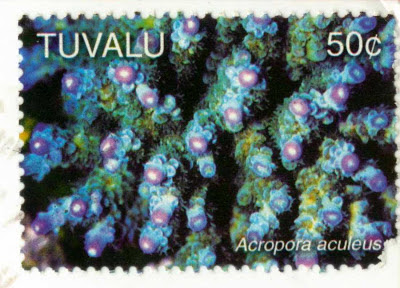Another card from the archives that I was able to upload while home for the Christmas holidays, this time sent from the no longer extant Netherlands Antilles. My retroactive thanks to my then coworker, Tani, for sending this and helping me get the Netherlands Antilles into my collection before it disappeared off the maps.
There were two island groups in the Netherlands Antilles; the ABC islands of Aruba, Bonaire, and Curaçao off the Venezuelan coast, and the SSS islands of Sint Maarten, Saba, and Sint Eustatius southeast of the Virgin Islands. Aruba became a separate country within the Kingdom of the Netherlands in 1986. The rest of the Netherlands Antilles was dissolved on 10 October 2010. Sint Maarten and Curaçao became two new constituent countries of the Netherlands with their own postal systems. The other islands became special municipalities within the Netherlands and make up the new postal entity "Caribbean Netherlands".
Card shows the Fort Amsterdam Peninsula on Little Bay, which has been designated an important breeding area for brown pelicans by BirdLife International.
Top stamp from the 1988 definitives series featuring the component islands of the Netherlands Antilles, in this case the small island of Saba, which ironically has the highest point in the Kingdom of the Netherlands, Mount Scenery (877 m). Lower stamp from 2000 commemorates fathers.



















